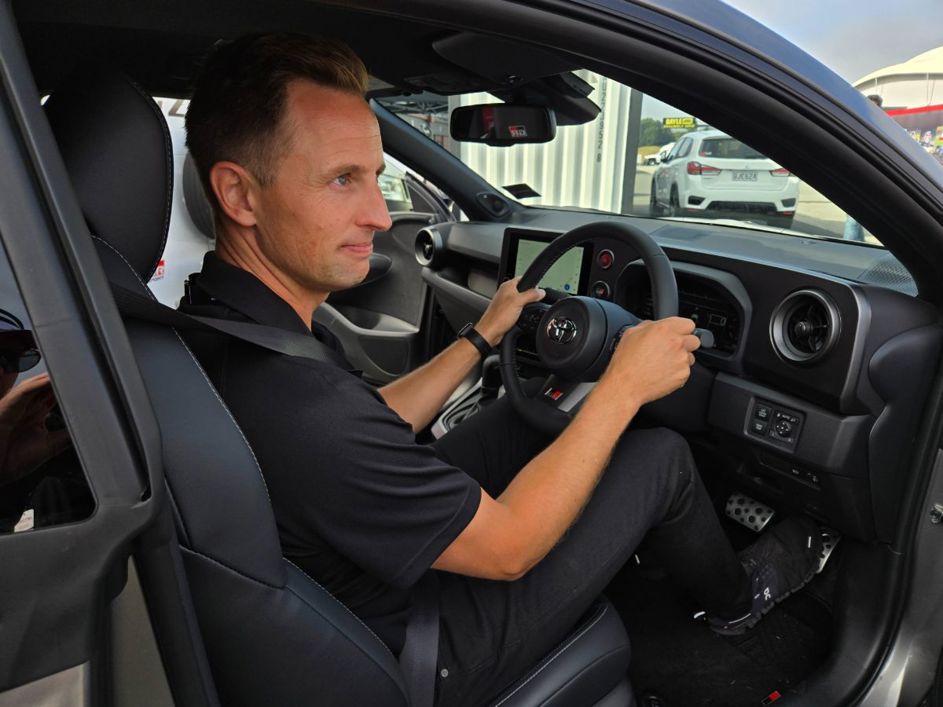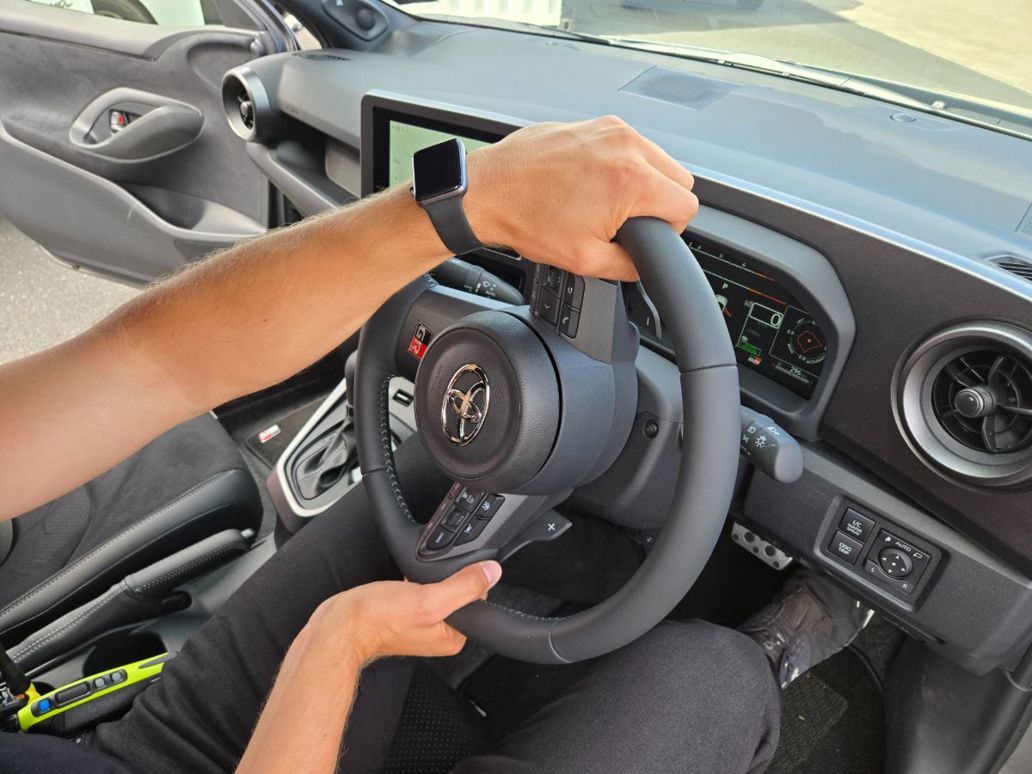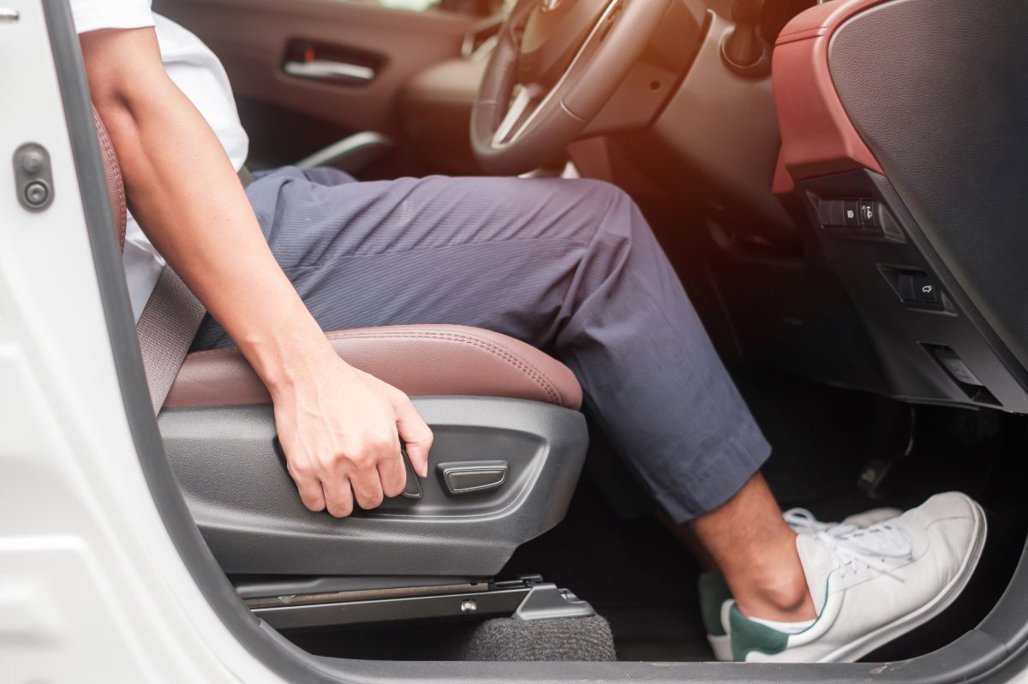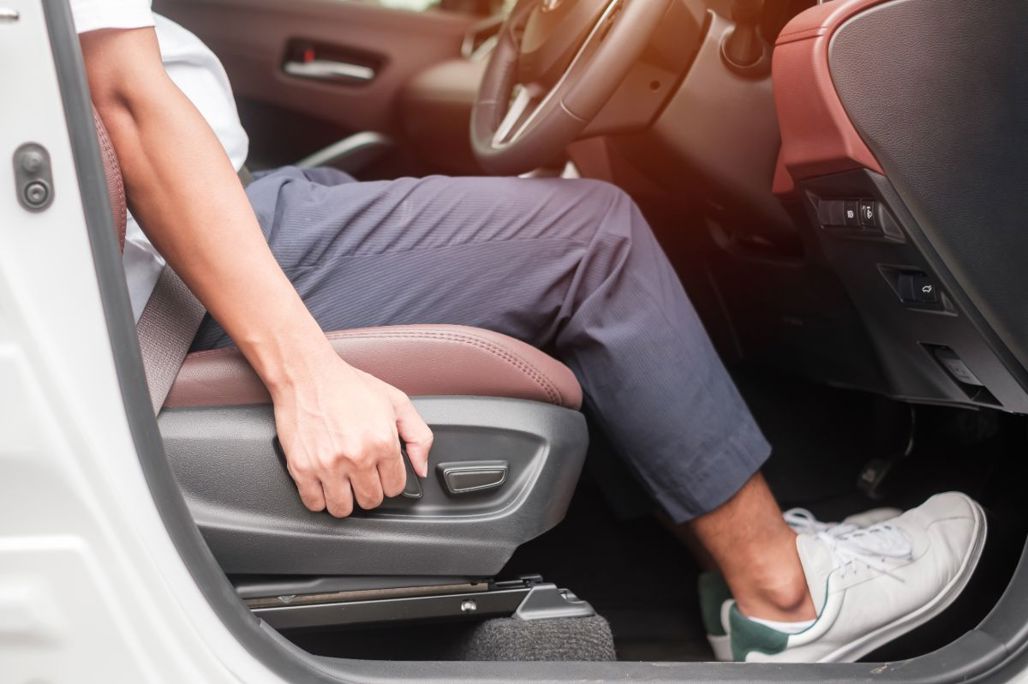Are you sitting comfortably? More importantly, are you sitting correctly? They're actually the same thing.

Getting your seating position right is a fundamental for safe and enjoyable driving, yet it's one of those things that many of us have never been taught; in some cases, bad habits can become entrenched and stay with us for decades.
So, how do you get it right? We asked an expert: racing driver Chris Pither, who is also an instructor for Toyota's GR Track Experience days, where owners get the chance to sample the brand's cars in a closed environment.
Seating position is usually the first thing instructors tackle on events like these. But do you really need to sit like a racing driver in your road car?
"The answer is yes, 100% you should," says Pither. "In a racing car, you need all the control you could possibly have. Why wouldn't you want that in your road car?".
Seat position and pedals
The seat should generally be as low as possible, says Pither. Why? "Vision. What sitting low does is get your line of sight further up the road."

The seatback should also be as close to upright as possible: "You want the upper body to be supported. If you're reclined, your upper body moves and that translates through the steering".
Distance to the steering wheel and pedals is crucial: "It’s important that you can’t lock your limbs out through the range of motion.
"If you can lock your knees out or lock your arms out [have them dead-straight], you’re too far back. It’s not only a thing for control, but also safety; most people sit too far back, and if you’re too far back, have an incident and can’t push the brake pedal hard enough, what do you do before you crash into something? You brace.
"If you're closer to the pedals, you can't lock your knees out, and you've got more strength and leverage over the brake."
Steering position: out and up
The range of driving-position adjustment cars offer has evolved a huge amount over the decades, but many of us are sticking with old habits and not taking advantage of what modern cars can offer - especially when it comes to steering-wheel position.

"With telescopic steering [movement in and out] and height adjustment, most people should have it out and up, which helps with line of sight" says Pither.
Hold the wheel at the 9-to-3 position: "At 9-to-3, your hands are ideally parallel to the shoulders, with a 90-degree in the elbows. That’s the best height for control and balance over the steering."
A common technique for judging the correct arm-length is to rest your wrist on top of the wheel. That's fine, says Pither, as long as you make sure your elbows still have that 90deg bend.
"A lot of people are still used to holding the wheel at 10-to-2; but compared to 9-to-3, it halves the range of motion in the steering. Even if your hands just creep up slightly, you’re limiting the range of steering considerably."

This is usually the bit where instructors bring in the example of top-level motorsport. You can't hold a GT4 or F1 steering wheel to 10-to-2... because there's no steering wheel there.
Closer relationship
Pither says the most common thing he tells students is to sit a bit closer; all the rest can then follow.
"An analogy I sometimes use is that if you go to the gym and you have a round 20kg disc of weight, are you going to grab it at 10-to-2, with arms straight at your hips, or are you going to hold it at 9-to-3?
"You’re going to hold it like that [9-to-3], because you have more control and you’re not going to fatigue."





